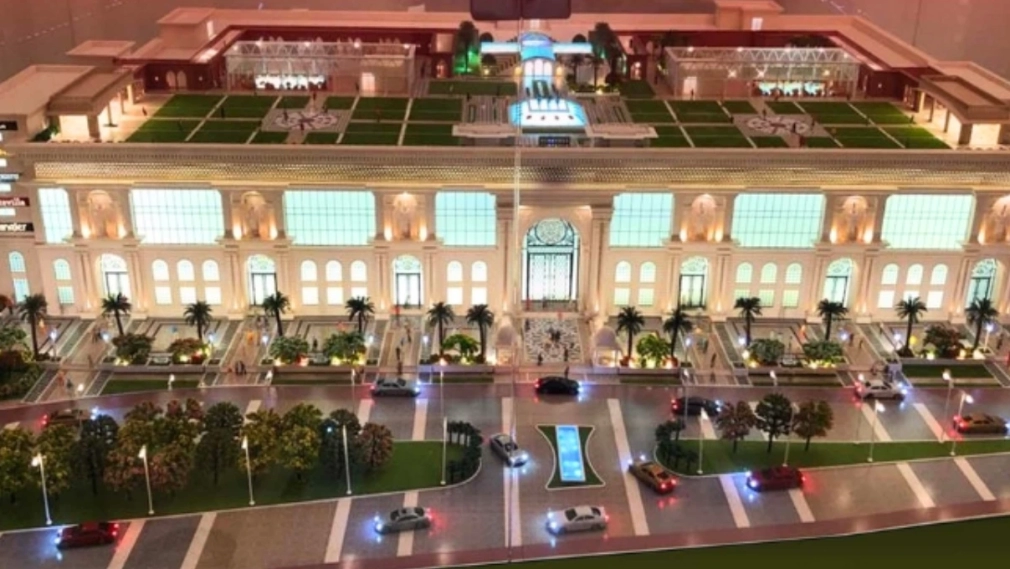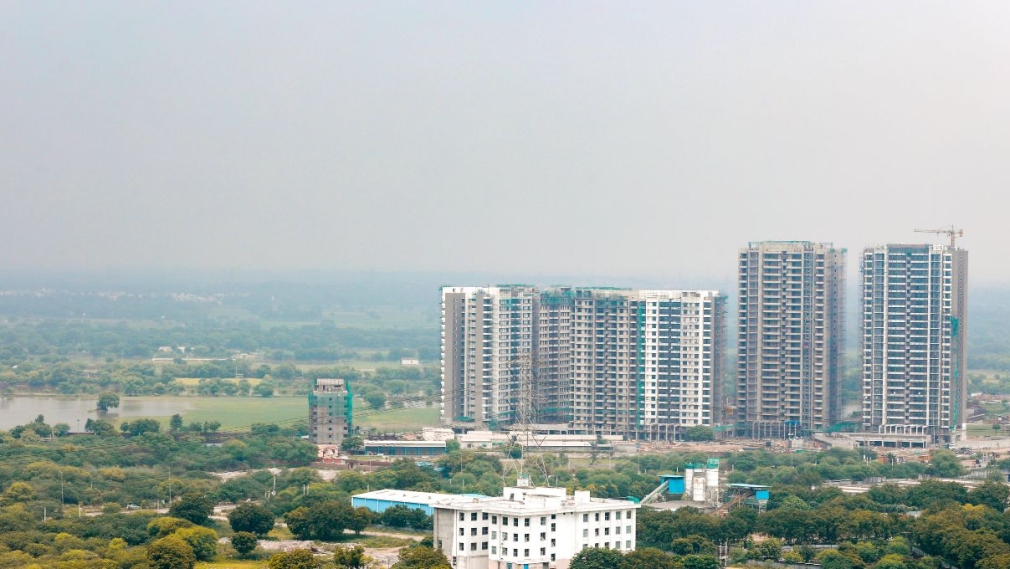Buying property, whether for residential or commercial purposes can be a tedious task. One must also go through the process of obtaining loans while getting all the legal documents associated with them in order. Sometimes people overlook the critical aspect of visiting the property site or are unprepared when they visit the property. This blog will help you understand why you should visit the property site and what you need to look for during the visit.
Top 7 Reasons:-
1. Monitoring site progress
Visiting the site will help you understand the pace and quality of work going on at the project. You will have a first-hand account of the processes that the builder has been employing while building the project. You will be able to keep a systematic record of the construction progress and the events and activities. This will serve as a record in case of disputes, legal or otherwise.
2. Validating the amenities
A site visit will help you validate the amenities along with the specifications that the builder has promised. Amenities may include parks, gymnasiums, clubs, jogging tracks, parking spaces, surveillance systems, etc. You can also check the immediate vicinity of the project to get an idea of the upcoming neighbourhood.
3. Understanding Quality Cost and Maintenance
If the site provides any amenities that have substantial upkeep needs, then your annual maintenance costs may go up. You can also enquire about the total cost of the unit which will include PLC, Floor rise cost, Parking, Possession, Electricity charges, Khata, Maintenance, water, and gas charges, etc.
4. Monitoring adherence to plan and schedule
A site visit will help ensure that the builder is using the same brands of fittings and electrical equipment that have been promised. You can also carry with you the plan layouts and a checklist of things promised by the builder. This will help you avoid disputes while maintaining a record of every activity and will ensure adherence to schedule. It is also advisable to enquire about the built-up area and the carpet area of the unit.
5. Watch over the infrastructural facilities and locality
A site visit will help you assess the current and future infrastructure of the locality. Check out the availability of highways, metro, or railways near the project or if they are not present currently, then their prospects. This will help you get a better return on your investment and a better appreciation of your property soon.
6. Banks financing the project
Buying any property these days is a costly affair. So, if you are taking a loan out for your property, you need to have all the prerequisite documents in order. Here is a checklist of documents that you need before getting a loan.
- Agreement to sale – This document is prepared in expectation of the sale of a property. It contains a detailed report of the property and is an agreement between the buyer and seller upon the sale price and other terms and conditions.
- Absolute sale deed or title deed– It is the most important document in the sale process and records the actual transfer of ownership of the property.
- Title search & report-It records the history of ownership of the property.
- Khata Certificate – It is proof of record that the property has an entry in the municipal records.
- Receipt of Property Tax – It shows that the occupier or if there has been a previous owner, has paid all the taxes and cleared no dues for the property. The receipt also helps in establishing the legal status of the property.
- Encumbrance certificate – It is proof that the property is free from all encumbrances or loans.
- Occupancy certificate – It shows that the property is fit for occupation. This certificate is given by the municipal corporation after the construction of the project.
- Statement from the bank – You need a statement from the bank if there is a loan outstanding on the property. This ensures full disclosure on your part.
- Get Copies of all the NOCs from the builder– Ask the builder to provide you with No Objection Certificate copies from various authorities. These will include NOCs from the Pollution Board, Environment Department, Sewage Board, Traffic and Coordination Department, etc. All these NOCs form the Part of ‘Intimation of Disapproval’ for the construction of the building.
- Sanctioned building plan from the statutory authority – This ensures that the buyer is cautious about any deviation from the sanctioned plan made by the builder.
- – If someone is acting on behalf of the owner of the property then a Power of Attorney is required.
7. Essential site visit checklist –
Really? More Checklists? We are just doing our due diligence and will leave you worry-free before you buy your property. This checklist will ensure that your site visit goes as smoothly as possible.
- Keep a notepad with you so that you can note down everything.
- Take pictures of the site and development of the project which will serve as proof.
- Carry site map copies with you which will help you navigate the project better.
- Carry a tape measure with you and check the specifications of parking space, square footage of each room, carpet area, total area etc.
Also Read: Future of Commercial Real Estate in India: Trends and Innovations
The Questions a builder must answer during a site visit:-
1. What will be the duration of the project’s completion and the handover?
This will help you assess whether the construction speed is commensurate with the promised handover time of the project.
2. Can you give me a clear breakup of the apartment’s common and built-up area?
Before buying a property, you must know the distinct kinds of areas that are associated with any property.
Different area terminologies associated with a building are as follows-
Carpet area – The Carpet Area is the area of the building that does not include the area of the walls i.e., the area of the building that a carpet can cover.
Built-Up Area – The Built-up area is the area of the building/apartment that includes the area covered by the walls.
Super Built-Up Area – Super built-up area includes the built-up areas such as the lobby, lifts, stairs etc. This term is therefore only applicable to multi-dwelling units, such as flat complexes.
3. Is the undivided share of land clause present in the copy of the agreement?
Sometimes a builder starts construction without acquiring 100% of the land as there may be some part of the land which might be under dispute or facing legal action. It is important to know the status of the land on which the property is built before you buy your flat.
4. What facilities and amenities are you getting?
Please go through all the amenities that you have been promised along with their specifications, quality, quantity etc. This will help ensure that the builder does not go back on his promise or installs any inferior product.
5. Have the legal documents been made available?
All the legal documents like the Agreement of sale document, a Title deed, Sale deed, Occupancy certificate, Encumbrance certificate, etc. along with zoning clearance and future development plans if any, must be in order so that you do not face any problems later.
Now you are ready!!!
All these checks while on a site visit will ensure that you do not face any hurdles when buying your property and avoid any legal action later.



1 Comment
Comments are closed.